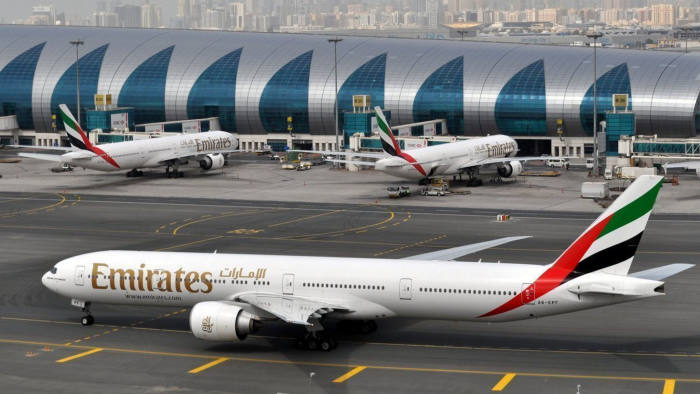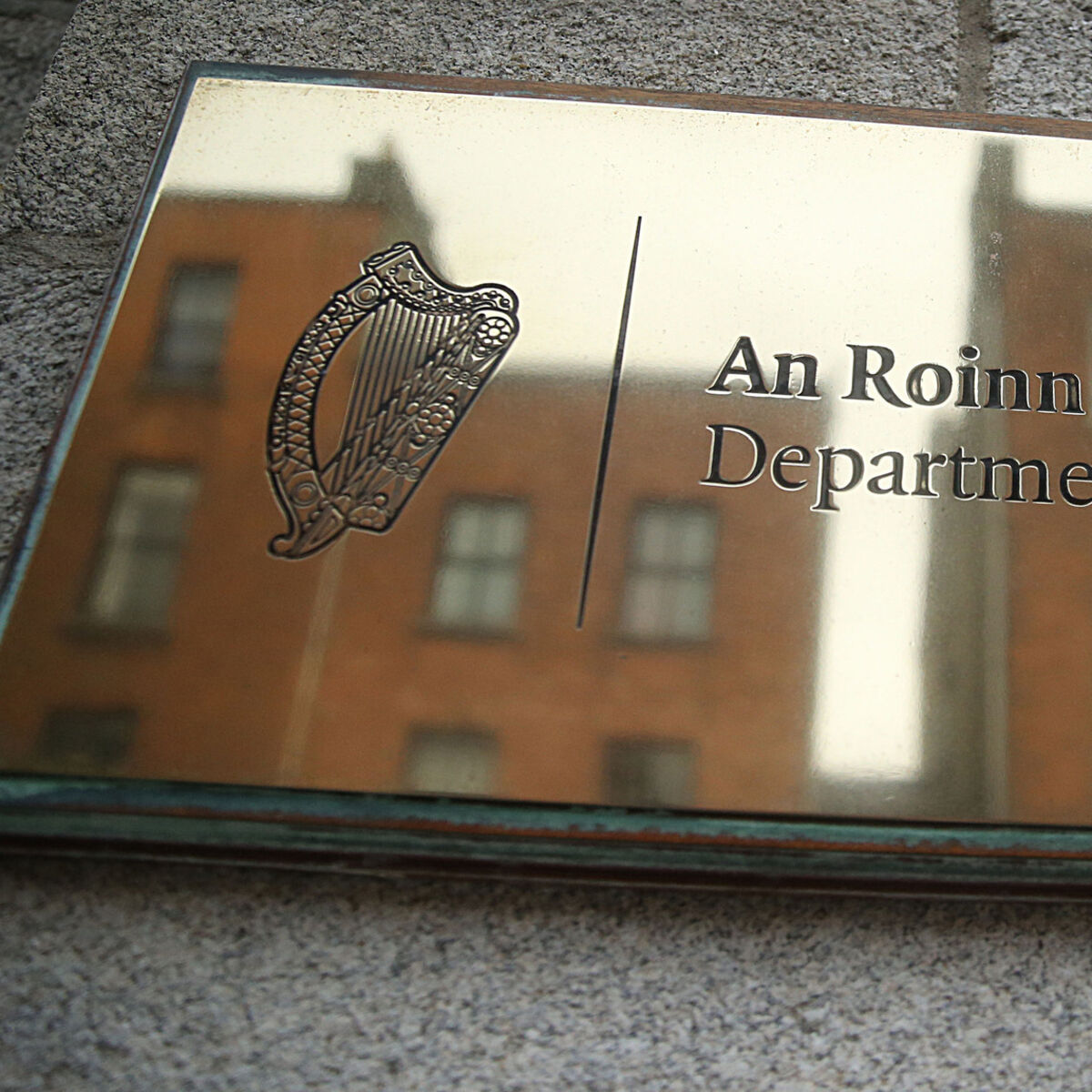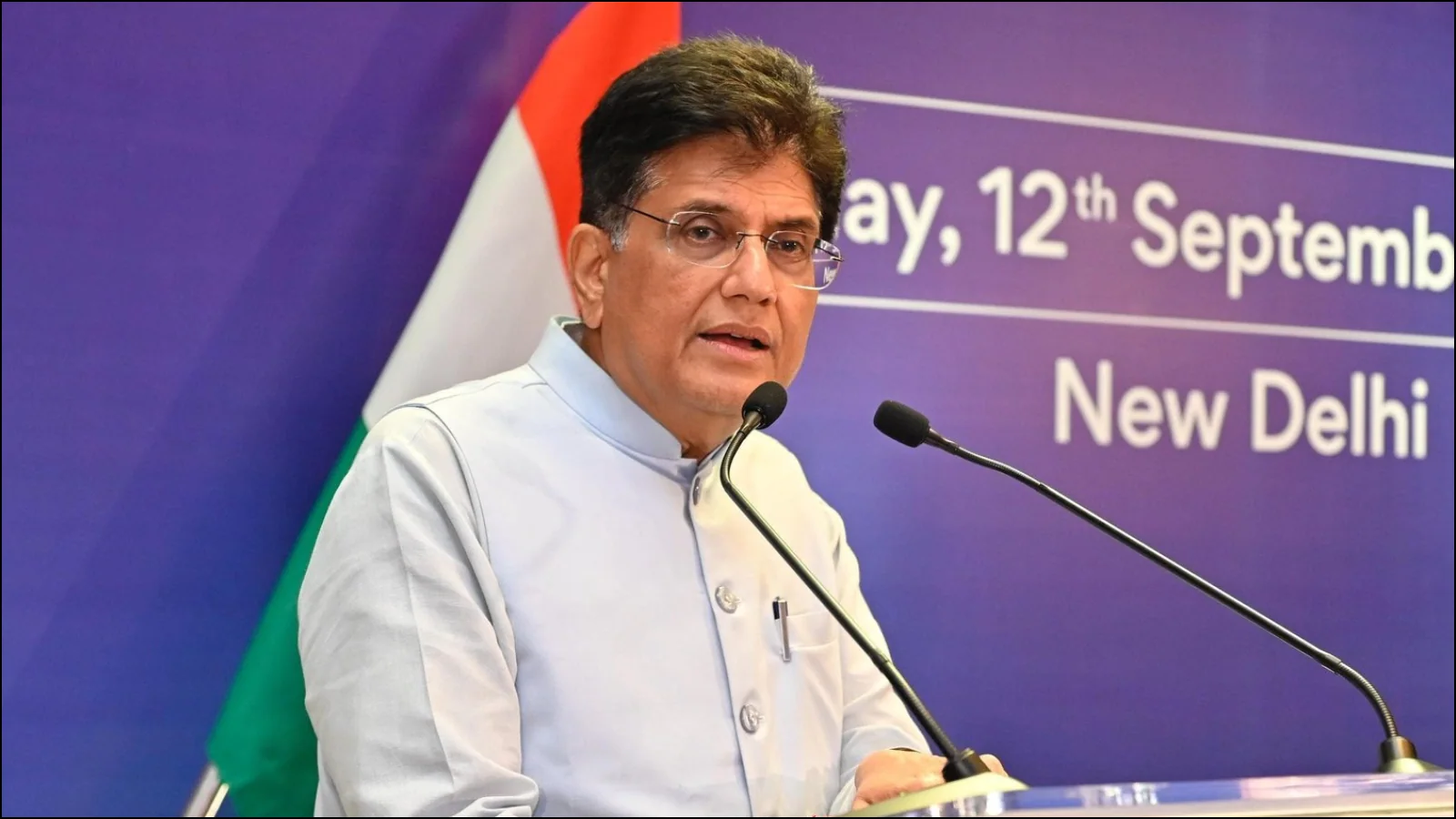15 Airlines That Have Banned Or Restricted Power Banks—And Why It Matters More Than You Think
By Bizwatch Nigeria Limited,Boluwatife Oshadiya
Copyright bizwatchnigeria

Flying has always had its quirks. Sometimes it’s turbulence, other times it’s the mystery of why airplane food tastes so bland. But lately, there’s a new travel headache making the rounds: power banks.
Once considered a lifeline for binge-watching Netflix at 30,000 feet, these pocket-sized chargers are now under the microscope. Airlines around the globe are rolling out strict rules, even outright bans, on power banks. And the reason isn’t about convenience—it’s about safety.
Lithium-ion batteries, the guts of every power bank, can overheat and cause what experts call “thermal runaway.” It sounds technical, but imagine a fire that starts small, builds fast, and is nearly impossible to stop inside a pressurized cabin. Not exactly the kind of in-flight entertainment anyone wants.
According to the U.S. Federal Aviation Administration (FAA), there were 50 verified incidents involving lithium batteries reported by August 2025 alone. That’s enough to make airlines nervous, and understandably so.
So, who’s clamping down? Here’s a closer look at 15 airlines that now restrict or ban power banks—and what their policies mean for your next trip.
1. Vietnam Airlines: Strict but Consistent
Vietnam’s flag carrier keeps it simple—yes, you can bring your power bank, but only in hand luggage. Don’t even think about slipping it into checked baggage. And while onboard, it must stay visible and unused. For long-haul travelers on routes like London to Hanoi, this rule may feel inconvenient, but it’s consistent with global safety standards.
2. Vietjet Air: Same Rules, Budget Twist
Vietjet mirrors Vietnam Airlines’ approach. Passengers may carry power banks but can’t use them mid-flight. Considering the airline’s popularity with budget-conscious travelers hopping across Asia, this restriction often catches first-time fliers off guard.
3. Emirates: Zero-Tolerance Policy
Dubai-based Emirates takes the toughest stance of all—no power banks allowed. Period. Business, economy, doesn’t matter. For an airline that prides itself on luxury, this policy highlights just how seriously they treat cabin safety. Long-haul flyers used to charging devices may find this frustrating, but Emirates prefers safety over risk.
4. Singapore Airlines: No Mid-Air Charging
One of Asia’s most respected carriers allows power banks onboard but bans charging during the flight. The reasoning is straightforward: minimize the chance of overheating. For tech-savvy passengers heading from Singapore to Europe or the U.S., it’s a reminder to charge up before boarding.
5. Scoot: Power Banks Are Decorative Only
Scoot, Singapore Airlines’ low-cost cousin, follows a similar line—bring your power bank, but it stays in your bag. No charging phones, no sneaky top-ups. It’s essentially treated like a travel accessory rather than a gadget.
6. EVA Air: Limited and Controlled
Taiwan’s EVA Air is cautious. While passengers can carry power banks, their use in-flight is restricted. Given the airline’s reputation for orderliness, this fits with its broader focus on safety and regulation.
7. Thai Airways: Full Ban for Peace of Mind
Thailand’s national airline goes further than most with a complete ban on power banks during flights. After rising global concern about lithium battery fires, Thai Airways decided not to take chances. Passengers might grumble, but the airline markets it as prioritizing peace of mind.
8. AirAsia: Practical but Firm
As one of Asia’s busiest budget carriers, AirAsia allows power banks in cabin baggage but forbids using them in-flight. It’s practical—passengers still get to carry them—but firm enough to reduce risks. With AirAsia’s short-haul routes, most travelers can survive without recharging mid-air.
9. Tigerair: Carry but Don’t Use
Tigerair passengers can only keep power banks in hand luggage, not in checked bags. Using them on board? Off-limits. The airline keeps the message simple: safe storage, no charging.
10. Starlux Airlines: Expanding With Restrictions
Starlux Airlines, a rising star in Taiwan’s aviation industry, has banned power bank use altogether. With new long-haul flights connecting Asia to Europe and North America, the policy reflects their intent to maintain strict international safety standards.
11. China Airlines: Cabin Only, Strictly Unused
Taiwan’s largest carrier insists on cabin-only power banks. They must stay unused and unplugged for the entire journey. It’s a straightforward measure that aligns with most regional carriers in East Asia.
12. Air Busan: Safety Above All Else
South Korea’s Air Busan prohibits using or charging power banks on flights. Devices must be carried in the cabin but remain idle. For a budget airline juggling efficiency and safety, the rule is clear and easy to enforce.
13. Malaysia Airlines: Under the Seat, Never in Use
Starting April 1, 2025, Malaysia Airlines introduced a firm guideline: power banks must be in carry-on bags under the seat—not in overhead bins. Using them during flights is forbidden. The timing of the rule change reflects rising pressure on carriers to respond to FAA and ICAO safety warnings.
14. Firefly: Regional Carrier, Same Approach
Firefly, a subsidiary of Malaysia Airlines, applies identical restrictions. Power banks go under seats or in seat pockets, but never in overhead bins and never in use. Even though Firefly operates short hops, the airline isn’t taking chances.
15. MASwings: East Malaysia Joins In
MASwings, another Malaysia Airlines subsidiary, rolled out the same rule on April 1, 2025. For passengers flying in East Malaysia’s regional network, the policy may feel restrictive, but it aligns with its parent company’s safety-first stance.
Why the Big Fuss Over a Small Device?
On the surface, banning power banks feels like overkill. After all, most people use them daily without issues. But inside a pressurized cabin thousands of feet in the air, even a small fire can escalate into a major emergency. Cabin crews are trained for these scenarios, but prevention is always easier than firefighting mid-air.
Here’s the tricky part: airlines don’t all agree on how strict to be. Some allow power banks but limit usage, while others ban them outright. This inconsistency can confuse passengers, especially frequent fliers hopping between different carriers.
So, what’s the takeaway? If you’re traveling internationally, always check your airline’s specific rules before packing. And maybe—just maybe—charge your devices fully before heading to the airport.
Final Thoughts
Airlines are betting on caution, and rightly so. Lithium-ion batteries aren’t inherently dangerous, but they can misbehave in rare circumstances. For carriers responsible for hundreds of lives per flight, even “rare” isn’t good enough.
As more incidents make headlines, don’t be surprised if additional airlines adopt stricter policies in the coming years. For now, the safest bet is to carry your power bank in your hand luggage, keep it visible, and expect to leave it untouched until you land. Because let’s be honest—no one wants to be the passenger whose charger sparks a mid-air emergency.



